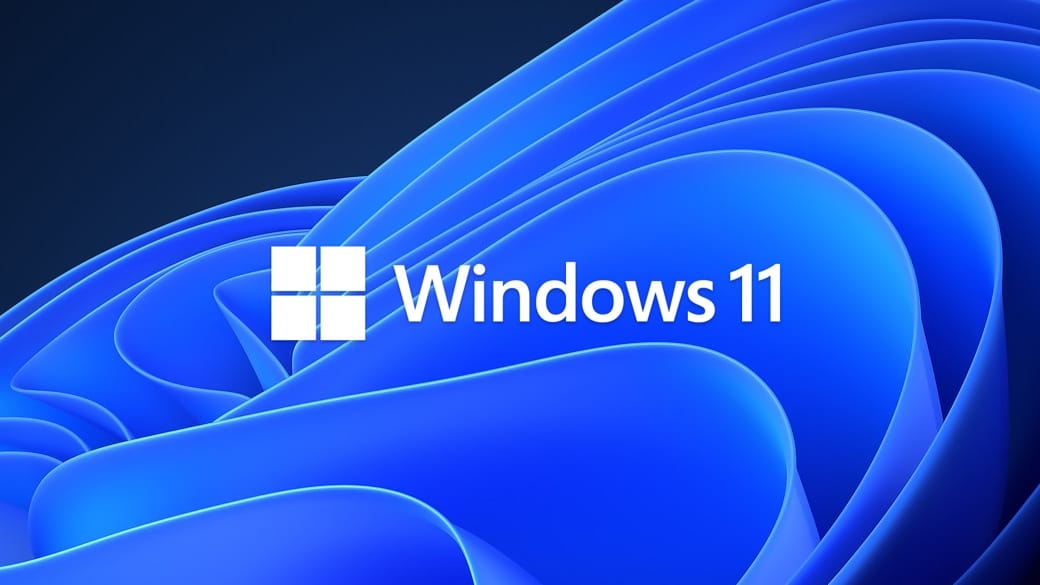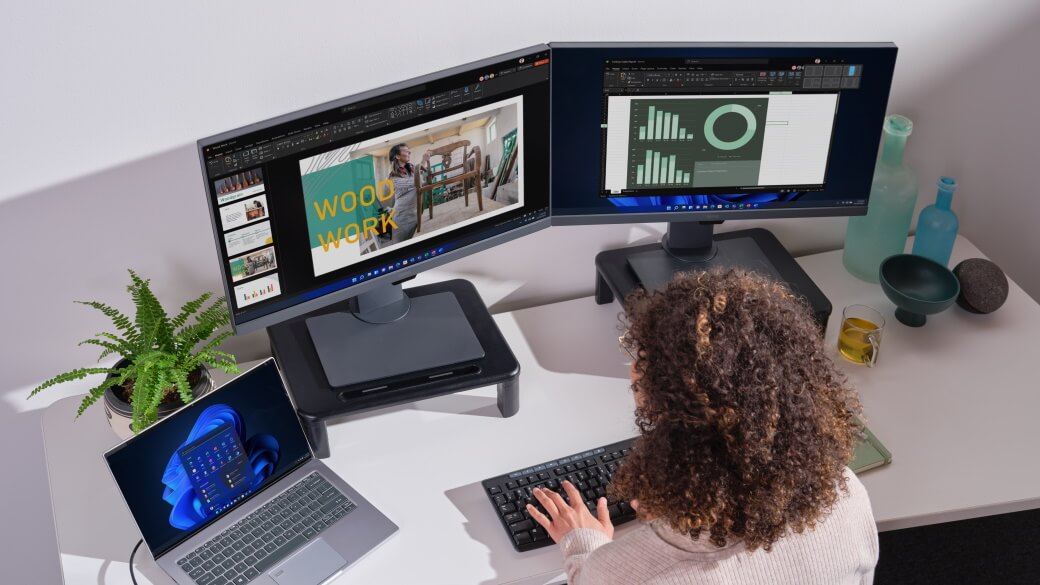Like its customers, Microsoft has a strong business need to address the new challenges created by remote and hybrid work. The internal adoption of Windows 11 is helping the company meet those needs, while enabling its employees to work smarter and more securely, regardless of where they are.
Upgrading to Windows 11 at Microsoft
Microsoft’s priority in rolling out Windows 11 internally was to provide employees uninterrupted access to a safe and productive workspace while giving them a chance to try out the new operating system.
Introducing a new operating system, especially across a distributed workforce, naturally led to questions about device downtime and app compatibility. However, with established practices and evolved solutions in hand, historical obstacles became just that—a thing of the past. The rollout of Windows 11 at Microsoft was the most streamlined to date, frictionlessly delivering employees the latest operating system in record time.
What made the deployment of Windows 11 a success?
Over the past decade, Microsoft Digital Employee Experience, the organization that powers, protects, and transforms employee experiences, has worked closely with teams such as the Windows product group to improve how it runs Microsoft’s updates, upgrades, and deployments.
Whereas significant time and resources were once dedicated to testing app compatibility, building out multiple disk images, and managing a complex delivery method, processes and tools introduced during Windows 10 have streamlined upgrades and enabled the transformation to a frictionless experience.
Data from App Assure, a Microsoft service available to all customers with eligible subscriptions, shows the company had 99.7 percent compatibility for all apps in Windows 11—that eliminated the need for extensive testing. It also meant that employees’ Windows 10 apps work seamlessly in Windows 11. Additionally, Microsoft Endpoint Manager and Windows Update for Business eliminated the need for using more than one disk image and made it easier for employees to get Windows 11.
Microsoft Digital Employee Experience relied on the same familiar tools and process as a Windows 10 feature update to quickly deliver the upgrade to employees.
The upgrade was divided into three parts:
Plan: Identify an execution and communication plan, then develop a timeline
Prepare: Establish reporting systems, run tests, ready employees, and build backend services
Deploy: Deploy Windows 11 to eligible devices

Read more:

Unpacking Microsoft’s Speedy Upgrade to Windows 11
See how Microsoft rolled out Windows 11 to 190,000 devices across the company in just five weeks without disruption to productivity.
www.microsoft.com










